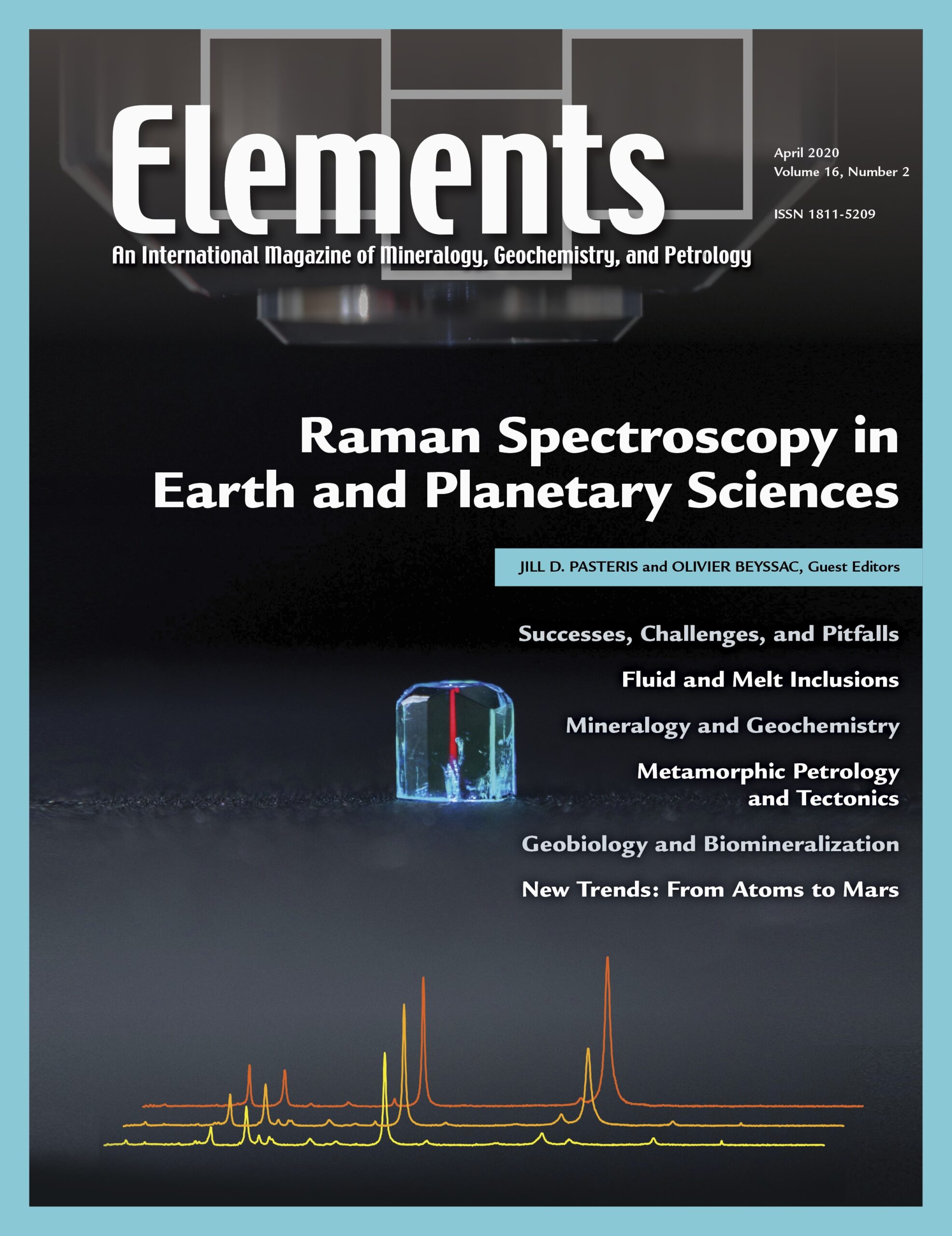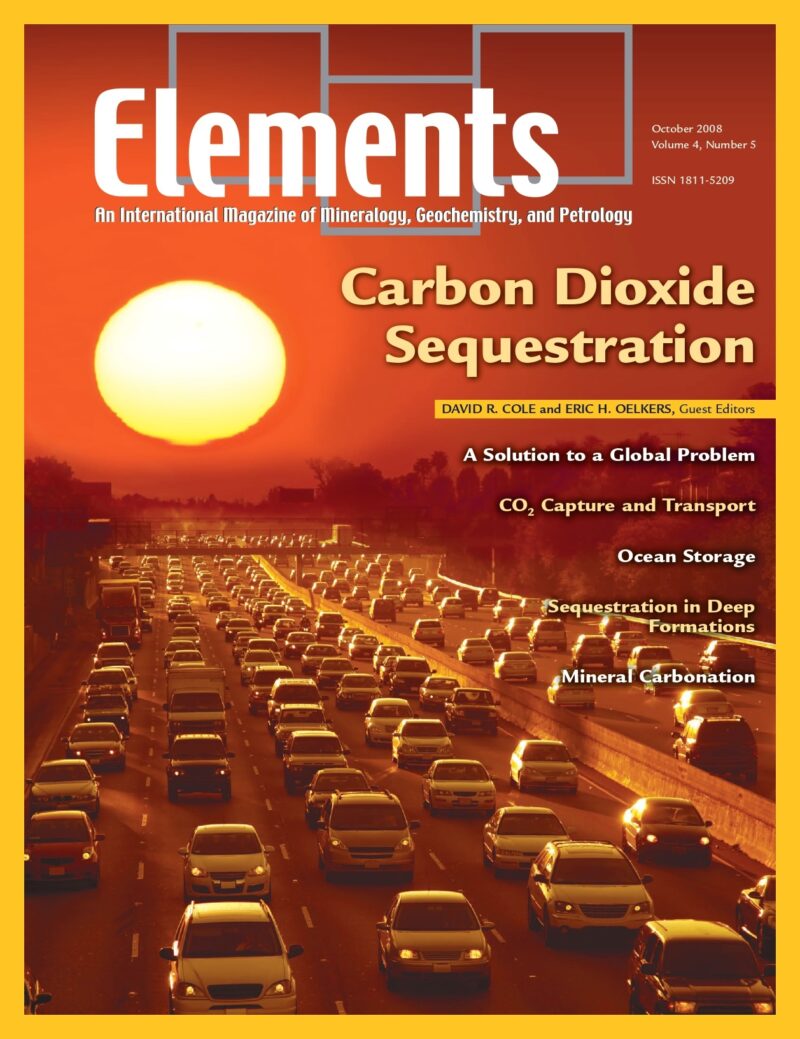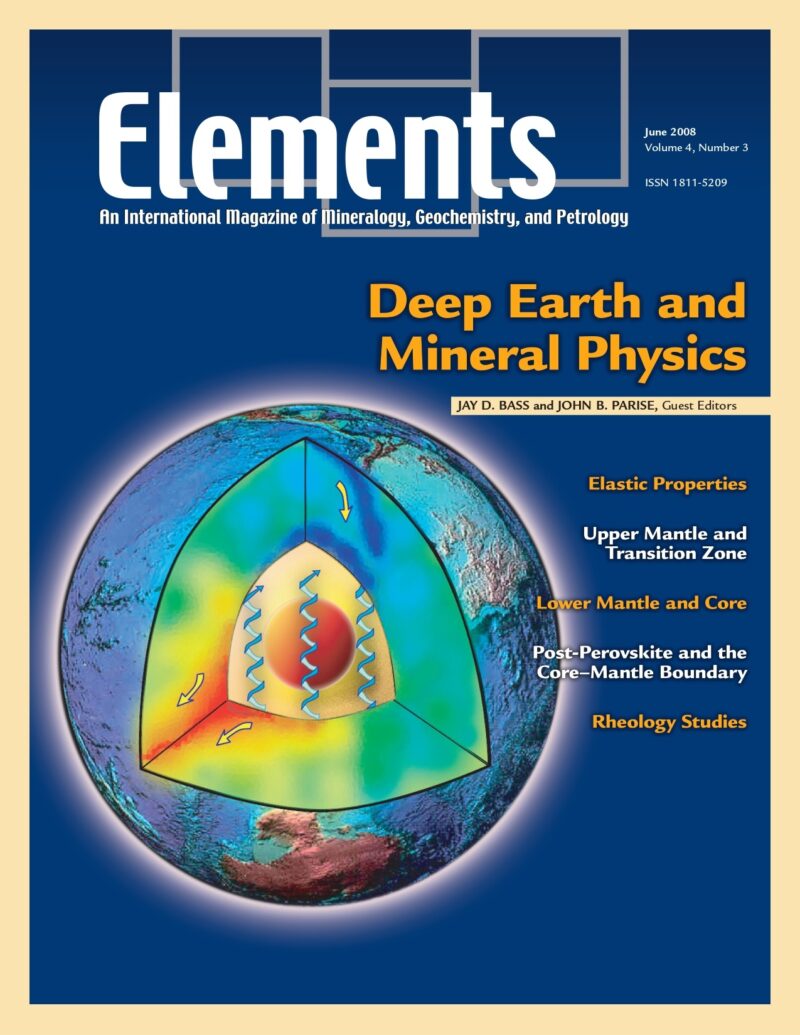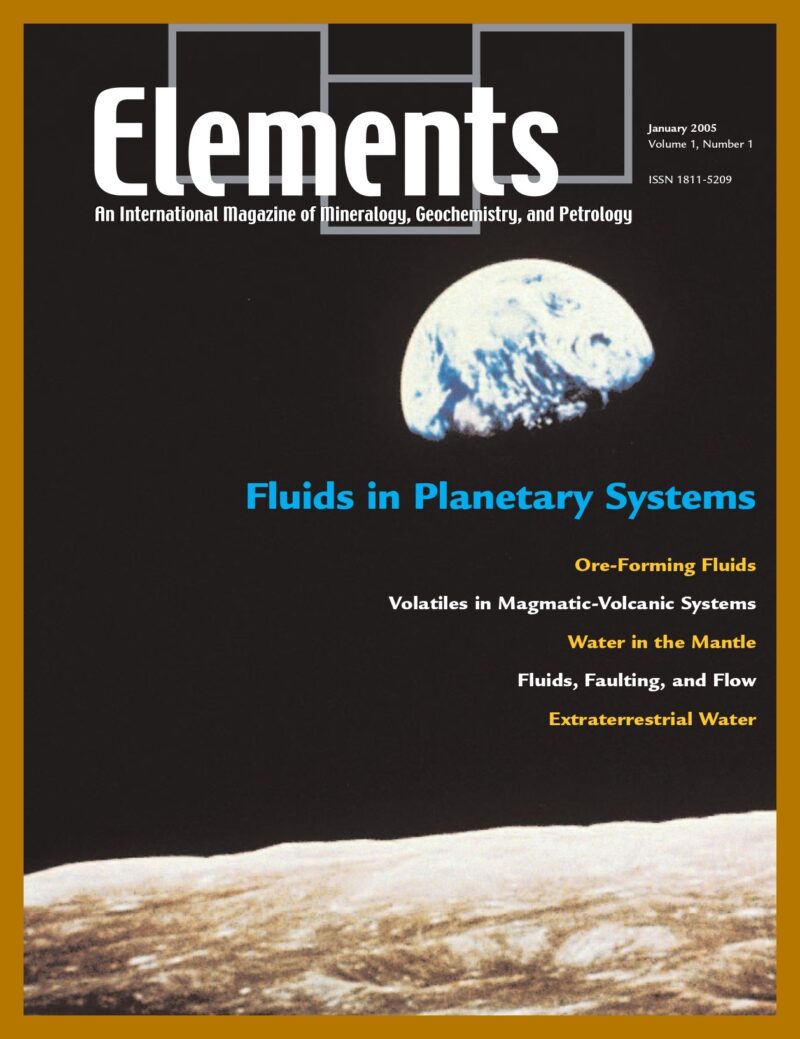
Abiotic Hydrogen And Hydrocarbons In Planetary Lithospheres, February 2020, Vol. 16, No. 1
June 28, 2024
Shedding Light On The European Alps, February 2021, Vol. 17, No. 1
June 28, 2024Raman Spectroscopy In The Earth And Planetary Sciences, April 2020, Vol. 16, No. 2
$20.00
The application of Raman (microprobe) spectroscopy in the geosciences has rapidly broadened and deepened over the past 40 years. This has been sparked by both improvements in technology and recognition of the quantitative, as well as qualitative, capabilities of the technique.
Raman Spectroscopy In The Earth And Planetary Sciences
April 2020, Vol. 16, No. 2
The application of Raman (microprobe) spectroscopy in the geosciences has rapidly broadened and deepened over the past 40 years. This has been sparked by both improvements in technology and recognition of the quantitative, as well as qualitative, capabilities of the technique. Raman spectroscopy claims relative ease of use; is typically nondestructive at the (sub-)micrometer scale; has the ability to analyze solids, liquids, and gases; can differentiate polymorphs; and can enlarge the available spectral databases for minerals. Geoscientists can create Raman maps/images based on selected spectral features, which simultaneously capture chemical–structural and microtextural information. In a single sample, one may investigate quantitatively the P–T path history during metamorphism, determine the composition and internal pressure of mixed volatiles in micrometer-size fluid inclusions, study the strain pattern or radiation damage in minerals, and/or target possible biosignatures.
Why You’ll Love Elements Magazine:
- Expert Contributors: Articles written by renowned researchers in the field of geoscience.
- Engaging Content: Join a community of readers who are passionate about Elements.
- Exceptional Quality: Each issue is printed on high-quality paper with stunning visuals and detailed illustrations that bring complex scientific concepts to life.
Order your copy of the April 2020 issue of Elements magazine today and explore Raman spectroscopy in the Earth and planetary sciences.
Related products
-
Carbon Dioxide Sequestration, October 2008, Vol. 4, No. 5
$20.00Storage of carbon in the subsurface involves introduction of supercritical CO2 into rock formations beneath the surface of the Earth, typically at depths of 1000 to 4000 meters. Although CO2 is a relatively benign substance, the volume being considered is large.
-
Deep Earth And Mineral Physics, June 2008, Vol. 4, No. 3
$20.00The field of high-pressure mineral physics is central to our understanding of the Earth’s interior and its evolution. It is also a field that is rapidly advancing.
-
Fluids in Planetary Systems, January 2005, Vol. 1, No. 1
$20.00Water and other geofluids play an important role in the geochemical and rheological evolution of the Earth and other bodies in the solar system. These fluids are responsible for the formation of hydrothermal mineral deposits, affect eruption behavior in volcanic systems and the geophysical properties of the mantle, and significantly affect the way in which rocks deform and fracture.




